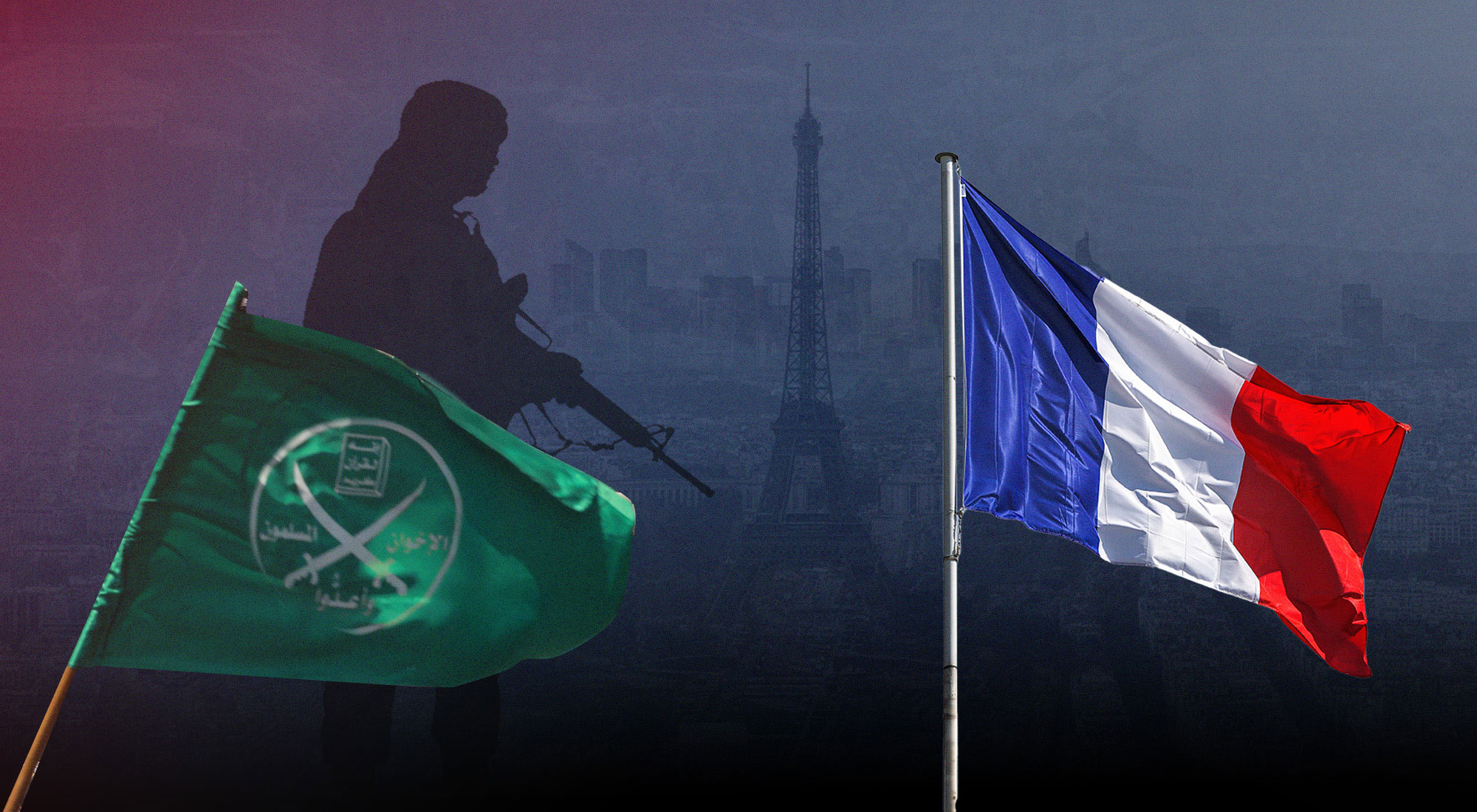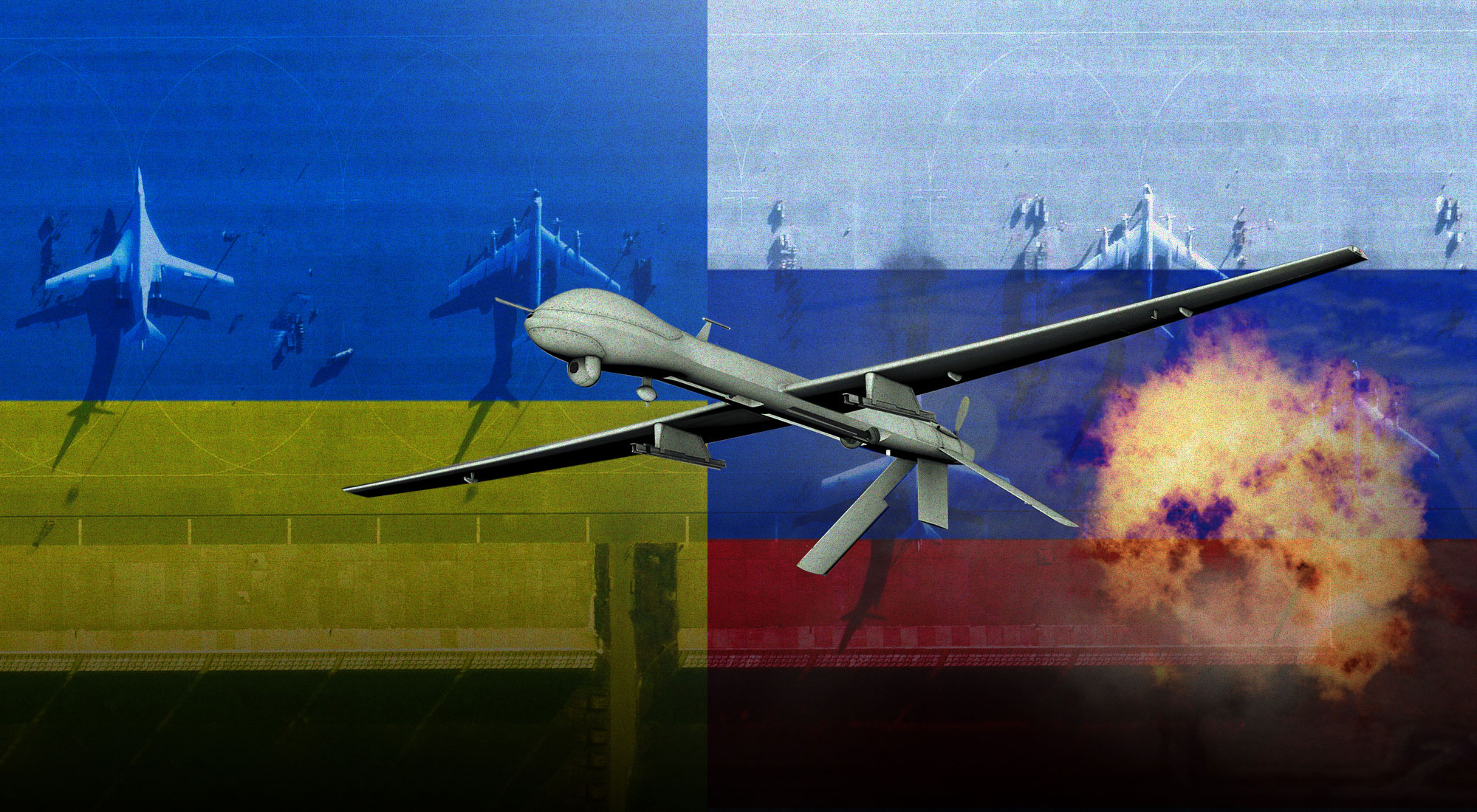The 13th UN Congress on Crime Prevention and Criminal Justice was held in Doha, Qatar from the 12th to the 19th April, 2015, and was presided over by Sheikh Abdullah bin Nasser bin Khalifa Al-Thani. Convened by the Economic and Social Council (ECOSOC) of the United Nations (UN) every five years pursuant to its powers under Article 62 of the UN Charter and General Assembly Resolution 415(V) of 1950, this “jamboree” of global criminal justice policy formulation has been held every five years since the first congress was held in Switzerland in 1955
The UN Crime Congress is unlike the normal UN criminal justice meetings held in Vienna in the breadth of the scope of participation: it offers a forum for an exchange of views between States, intergovernmental organizations, non-governmental organizations and individual experts representing various professions and disciplines, the presentation of research, and the provisions of advice and priorities to the UN Commission on Crime Prevention and Criminal Justice (the functional commission of ECOSOC concerned with criminal justice matters). At the 13th Congress over 4000 individuals attended. Nonetheless, the extent of participation in these meetings is something of an illusion; they are substantially intergovernmental in nature, only governments may vote on the adoption of resolutions, and everyone else is there as Professor Roger Clark puts it, ‘on sufferance’.[1]
The scope of the work of the Congress is similarly broad. Functioning as a consultative body of the UN Criminal Justice Programme, these congresses have over the years focussed on different technical problems within crime prevention and criminal justice. They have been used for discussion of the direction of programmes like the UN’s campaign against transnational organised crime and have produced highly influential policy instruments such as the UN’s Standard Minimum Rules for the Treatment of Prisoners. To be fair though, many of these instruments were the product of smaller committees and working groups, and have simply been showcased at the Congress. The utility of the Congress is, perhaps, in that it exists as a venue for the exchange of views, not that it produces anything itself. How productive that exchange of views is has also been questioned. As a participant in the second UN Crime Congress in 1960, John Hall Williams, noted:
One cannot attend one of these vast international jamborees without wondering who is benefiting from the experience, and what contribution is being made in the debates (and outside) towards a deeper knowledge and understanding of the subject.[2]
There were nearly 200 high level panels and side events at the Doha Congress; unsurprisingly Louise Bosetti ‘couldn’t help wonder about the value of these type of mega-gatherings’.
With the adoption of the post-2015 development framework by the UN Summit in September 2015 clearly in view, the main product of the Congress was the ‘Doha Declaration’. Adopted at the outset of the Congress, its purpose was to integrate crime prevention and criminal justice into the wider UN agenda to address social and economic challenges and to promote the rule of law at the national and international levels. The Declaration explicitly acknowledges that ‘sustainable development and the rule of law are strongly interrelated and mutually reinforcing’. And unlike previous such occasions Qatar followed through with a US$49 million funding agreement with the UN Office of Drugs and Crimes (UNODC) signed on 27 November, for the financing of projects related to justice, prisoners, youth and justice education. This funding was directed at achieving the UN’s post-2015 sustainable development goals and in particular Goal 16, dedicated to the promotion of peaceful and inclusive societies for sustainable development, the provision of access to justice for all, and building effective, accountable institutions at all levels. Among the targets spelled out in Goal 16 of direct relevance to suppression of transnational organised crime are the ending of child trafficking, significant reduction of arms trafficking, significant reduction of illicit financial flows and the strengthening of stolen asset recovery, the combating of organized crime, the reduction of corruption, and developing capacity to combat violence, terrorism and crime.
The Doha Declaration spells out an ambitious agenda of crime prevention and criminal justice measures from the provision of adequate legal aid to drawing on scientific expertise in the design of relevant policies. Some are old, some new, but all are measures, that if realised fully, would lead to a spatial turn in the prevention and punishment of crime. The Congress did not, however, serve as a platform for a real debate as to how to respond to major problems like corruption and transnational organized crime.[3] It did not have to, the solution was already at hand. At the 13th Congress the debate in plenary focussed on various new criminal threats but a theme constantly reiterated by speakers was the necessity for greater reliance on existing rules of international transnational criminal law conventions (TCLCs) designed to suppress transnational crime.
The major crime suppression conventions such as the UN Convention against Transnational Organised Crime and the UN Convention against Corruption play a central role in the way the Declaration conceptualises the rule of law. Attention was constantly drawn to the role of these treaties. Opening the Congress UN Secretary General Ban Ki-Moon emphasised the centrality of the rule of law and encouraged
every country to ratify and implement the conventions against drugs, crime and corruption, and the international instruments against terrorism, and to support the important and varied work of the United Nations Office on Drugs and Crime.
And nestled in paragraph 8 of the Declaration is this sentence:
We encourage States parties to implement and make more effective use of the United Nations Convention against Transnational Organized Crime and the Protocols thereto, the United Nations Convention against Corruption, the three international drug control conventions and the international conventions and protocols related to countering terrorism, and urge all Member States that have not yet done so to consider ratifying or acceding to those instruments.
These interstate legal obligations and their domestic implementation are considered crucial to the maintenance and development of the rule of law, and they frame a cornucopia of forms of international cooperation, some general and some crime specific, all of which the Doha Declaration strives to promote and strengthen.
Yet an overriding concern of many of the representatives of States at Doha who spoke in plenary was the inadequate implementation of the TCLCs. In the debate on international cooperation, for example, the general theme of interventions was effective implementation. The delegate from Iraq regretted to say that these instruments and supporting resolutions from UN bodies was ‘not enough’ and their slow implementation was an obstacle to justice. The Romanian delegate agreed, commenting that international adherence without concrete national follow through was insufficient. Calling for accountability at national, regional and global levels, she noted:
The functionality of a convention is not measured by the number of ratifications, but by the number of cases when it is actually used, and moreover the number of cases when such operations show to be successful.
A number of speakers discouraged the adoption of new instruments, with the German speaker suggesting that they could hinder practical progress and that bolstering partnerships would prove more useful. The rapporteur summed up the problems of international cooperation as follows:
Several speakers reported on challenges encountered in practice which hampered the timely execution of requests for international cooperation, including a lack of effective coordination between competent authorities, bank secrecy regulations, limited capacity of judicial officers and law enforcement authorities, a lack of or limited experience of practitioners in making use of existing international cooperation mechanisms, existing differences between legal systems, language barriers and a lack of financial and human resources.[4]
A month after the Doha Crime Congress the US delegate said at the UN Crime Commission that ‘[w]e do not have a shortage of conventions, what we have is a gap in their implementation.’[5]
The gap exists. As Yvon Dandurand and Vivienne Chin put it ‘the TCLCs have not yielded the expected dividends in terms of effective international cooperation’.[6] Many States join these treaties, some reform their laws, but most never use them. The general support for the TCLCs espoused at meetings like the Doha Congress appears to be largely rhetorical and efforts to provide for review mechanisms with teeth are resisted. Various solutions are commonly offered to make up for these shortcomings. Most focus on the compliance at an administrative level. A lot of emphasis is placed on increasing domestic criminal justice capacity. Another frequently touted option is the adoption of practical and flexible approaches such as allowing relaxing administrative strictures on implementation of international cooperation. When it comes to procedural laws the main push is for ever more simplification. Speakers at Doha supported the provision of legal assistance in the absence of dual criminality, for example. Further substantive law-making is generally unpopular, although interestingly during the plenary session on international cooperation in Doha a number of speakers favoured the adoption of harmonized criminalization standards to overcome problems posed by the rigid application of the dual criminality requirement in international cooperation.[7]
In a sense all of the efforts are trying to escape from the inadequacies of the indirect control system where a norm set in a TCLC at an international level is ‘completed’ at the domestic level. What is seldom asked is whether this indirect model which institutionalizes a highly legalized approach is a functional method of achieving suppression of a particular form of harmful conduct. It’s not that States do not have faith in it – they have been using this method of multilateral treaty-making to achieve cooperation against crime since the Nineteenth Century. But most effective cooperation today is either bilateral in nature, or occurring within relatively coherent regions such as the EU, or through heavily policed soft law instruments like the Financial Action Task Force (FATF) recommendations. Is it time to re-evaluate the commitment to multilateral treaty making as an instrument against crime and as a foundation of the global rule of law?
[1] R.S. Clark, The United National Crime Prevention and Criminal Justice Program: Formulation of Standards and Efforts at Their Implementation (Philadelphia: University of Pennsylvania Press, 1994), 75.
[2] J. E. Hall Williams, ‘Two International Congresses’ (1961) 1 British Journal of Criminology 254, 260.
[3] Bosetti, id.
[4] Draft Report, International Cooperation, including at the regional level, to combat transnational organized crime, UN Doc A/CONF.222/L.2/Add.3, 17 April 2015.
[5] UNCCPCJ, 18 May 2015. The French were of much the same opinion, UNCCPCJ 20 May 2015 (notes on file with the author).
[6] Yvon Dandurand and Vivienne Chin, ‘Implementation of Transnational Criminal law’ In Neil Boister and Robert Currie (eds), The Routledge Handbook of Transnational Criminal Law (Routledge, 2014),437, 440.
[7] Draft Report, International Cooperation, including at the regional level, to combat transnational organized crime, UN Doc A/CONF.222/L.2/Add.3, 17 April 2015, para 5.








